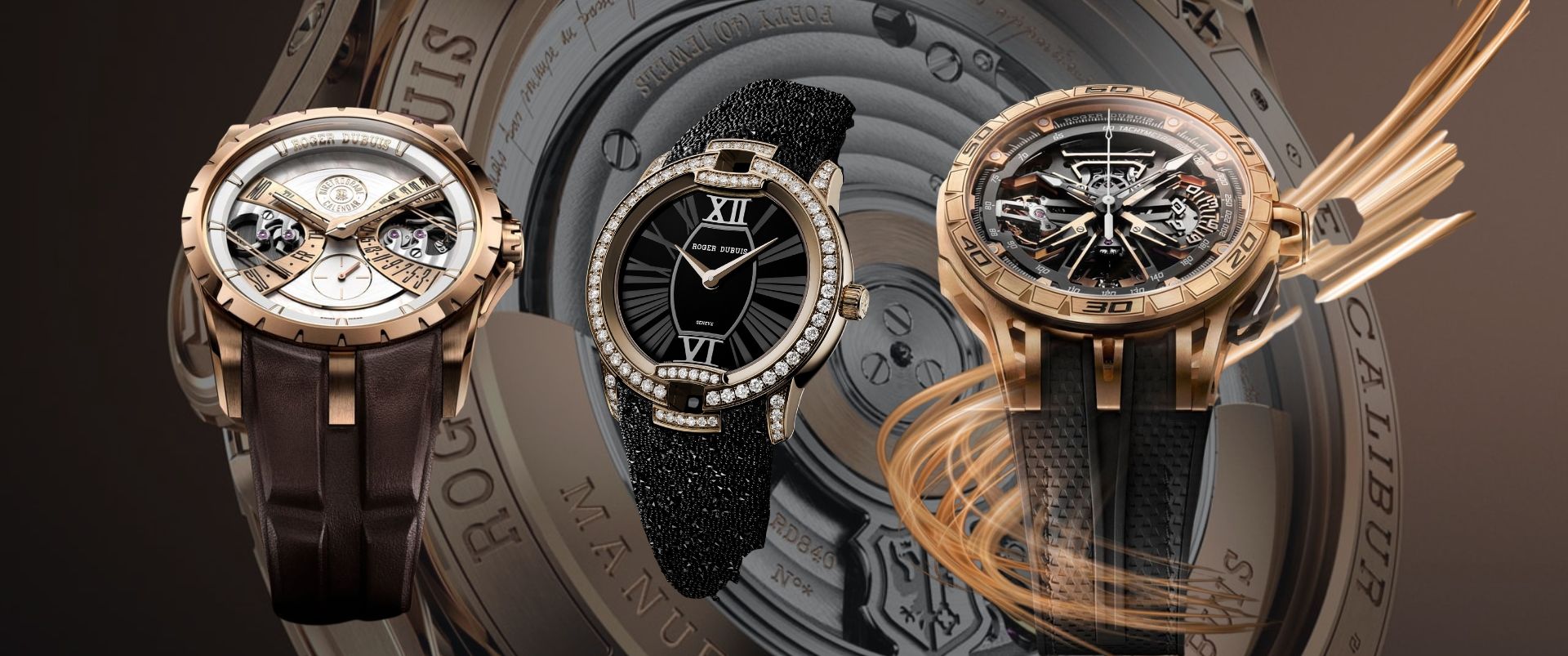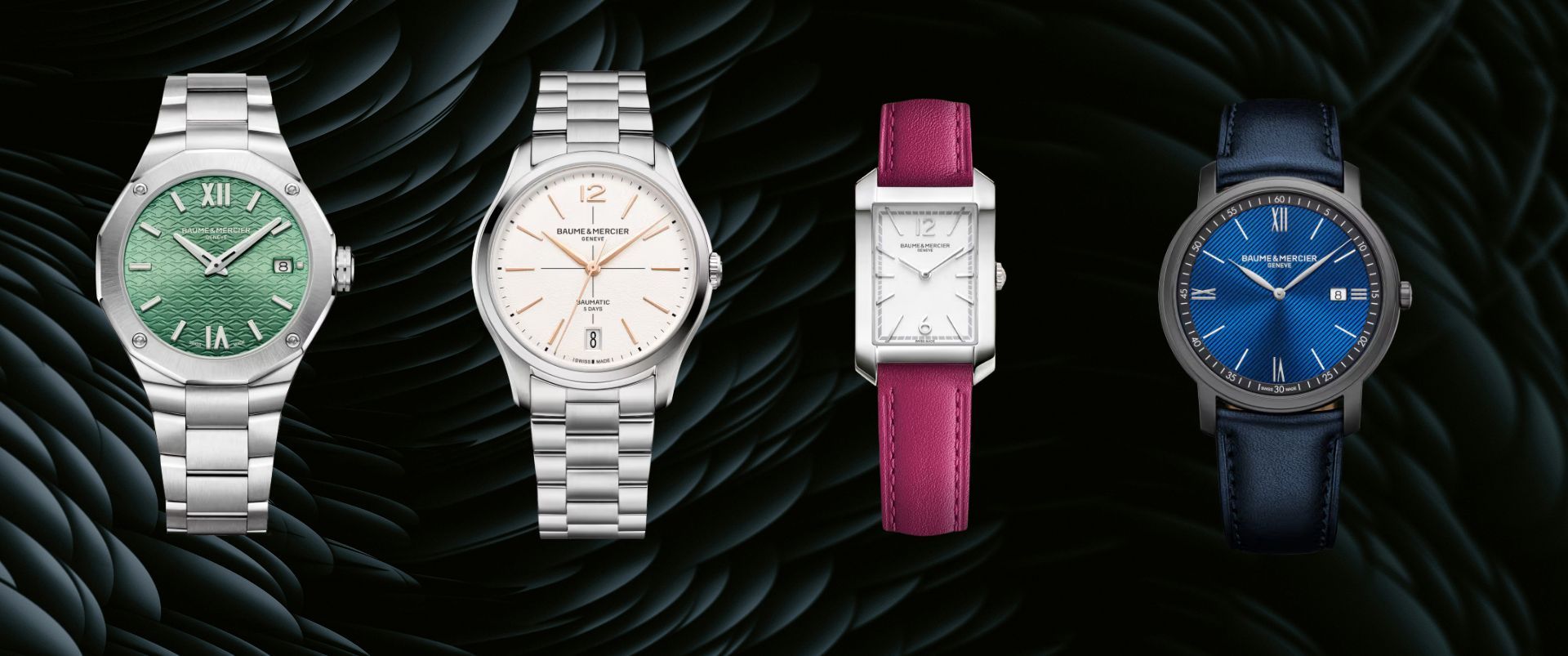India's Rising Appeal : Why India Is THE Place To Be Right Now?
In earlier times, the demand for luxury items in India was mainly fueled by the affluent class, who sought exclusive and prestigious products to symbolize their social standing and prosperity. Traditionally, Indian consumers were recognized for their price consciousness, often prioritizing affordability above all else. However, this trend has evolved in recent times towards a more product-centric mindset, where factors beyond price are considered in purchasing decisions. Don’t get me wrong, “What’s the best you can offer me?” is still the first question before any luxury watch but, but the mind-set has evolved.
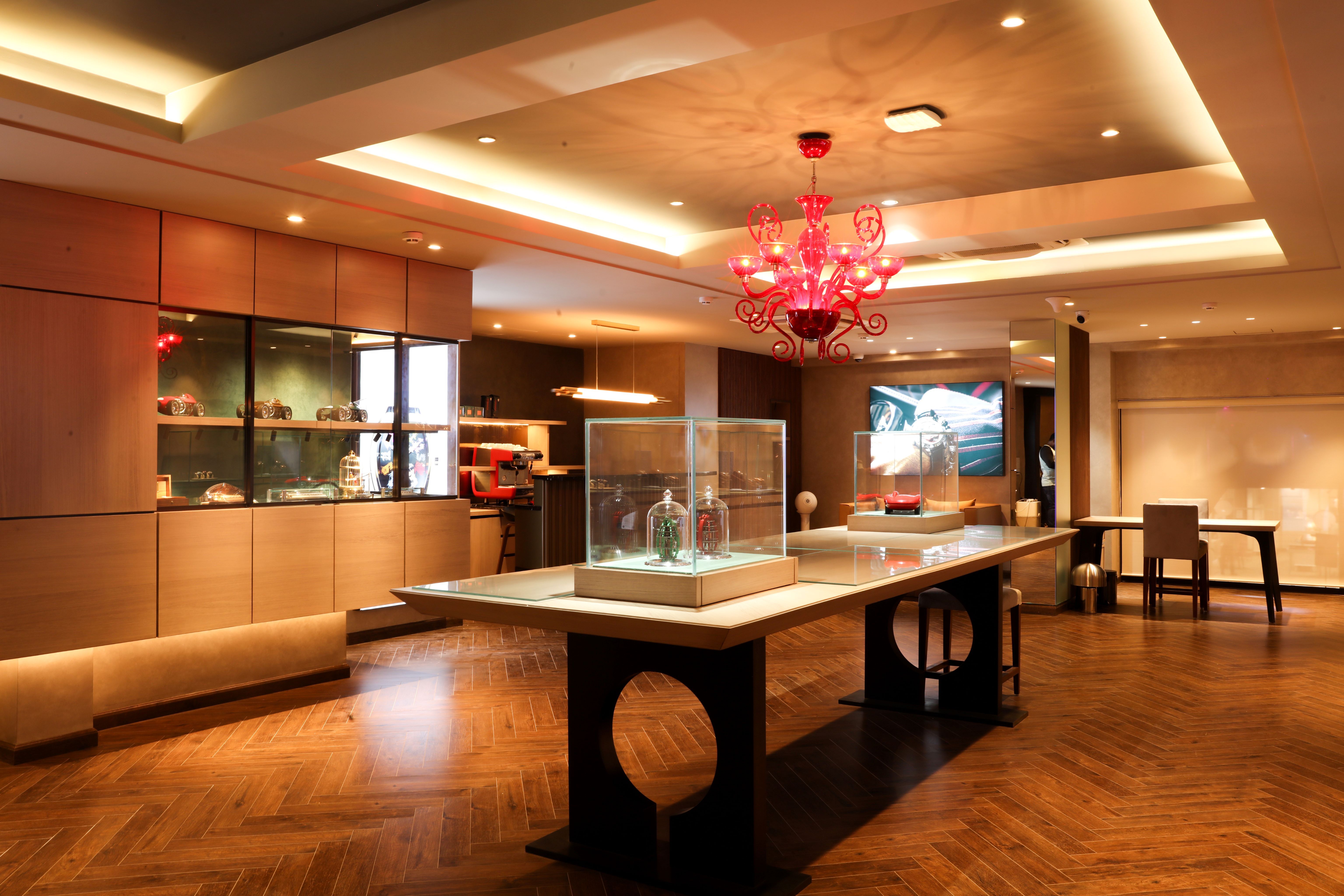
India is presently witnessing a remarkable surge in the appetite for luxury goods, reflecting evolving consumer preferences and economic growth. In recent years, India's economy has experienced consistent growth, leading to an increase in disposable income levels. As a result, there has been a notable uptick in credit card usage among the middle-class demographic.
Here are a few facts on why India is THE place to be right now
- Recent data from the Reserve Bank of India (RBI) indicates a significant 26% year-on-year (YoY) surge in credit card spending in India in February 2024, amounting to ₹1.5 lakh crore.
- Infact the total number of credit cards issued by banks just this February in India so far exceeded 100 million, with an increase of 1.1 million cards compared to January.
- The Goldman Sachs Research report predicts that the count of affluent consumers in India is projected to increase from around 60 million in 2023 to 100 million by 2027.
- Mumbai has surpassed Beijing to claim the title of Asia’s billionaire capital for the first time. According to Hurun's 2024 global rich list for cities, New York leads with 119 billionaires, followed by London with 97. In Asia, Mumbai, the financial hub of India, leads with 92 billionaires, closely followed by Beijing (91) and Shanghai (87).
- The number of ultra-high-net-worth individuals In India (with a net worth of over US$ 30 million) is projected to increase from 13,263 in 2023 to 19,908 by 2028, as per the Wealth Report 2024 by global consultancy Knight Frank.
- A study conducted by Bain and Company predicts a substantial growth trajectory for India's luxury market, anticipating an expansion to 3.5 times its present scale, with an estimated valuation ranging between US $85 to $90 billion by 2030, driven by the nation's swift economic advancement.

According to Statista, the luxury goods market in India is expected to achieve a revenue of US$7.86 billion by 2024. The largest segment within this market is Prestige Cosmetics & Fragrances, projected to reach a market volume of US$2.28 billion in 2024. Furthermore, Statista data indicates that online sales are poised to contribute 2.6% to the total revenue of the luxury goods market by 2024.
Traditionally, the average Indian consumer's inclination toward luxury has been rooted in jewelry and saris, which can often be as valuable as, if not more than, a Cartier watch.
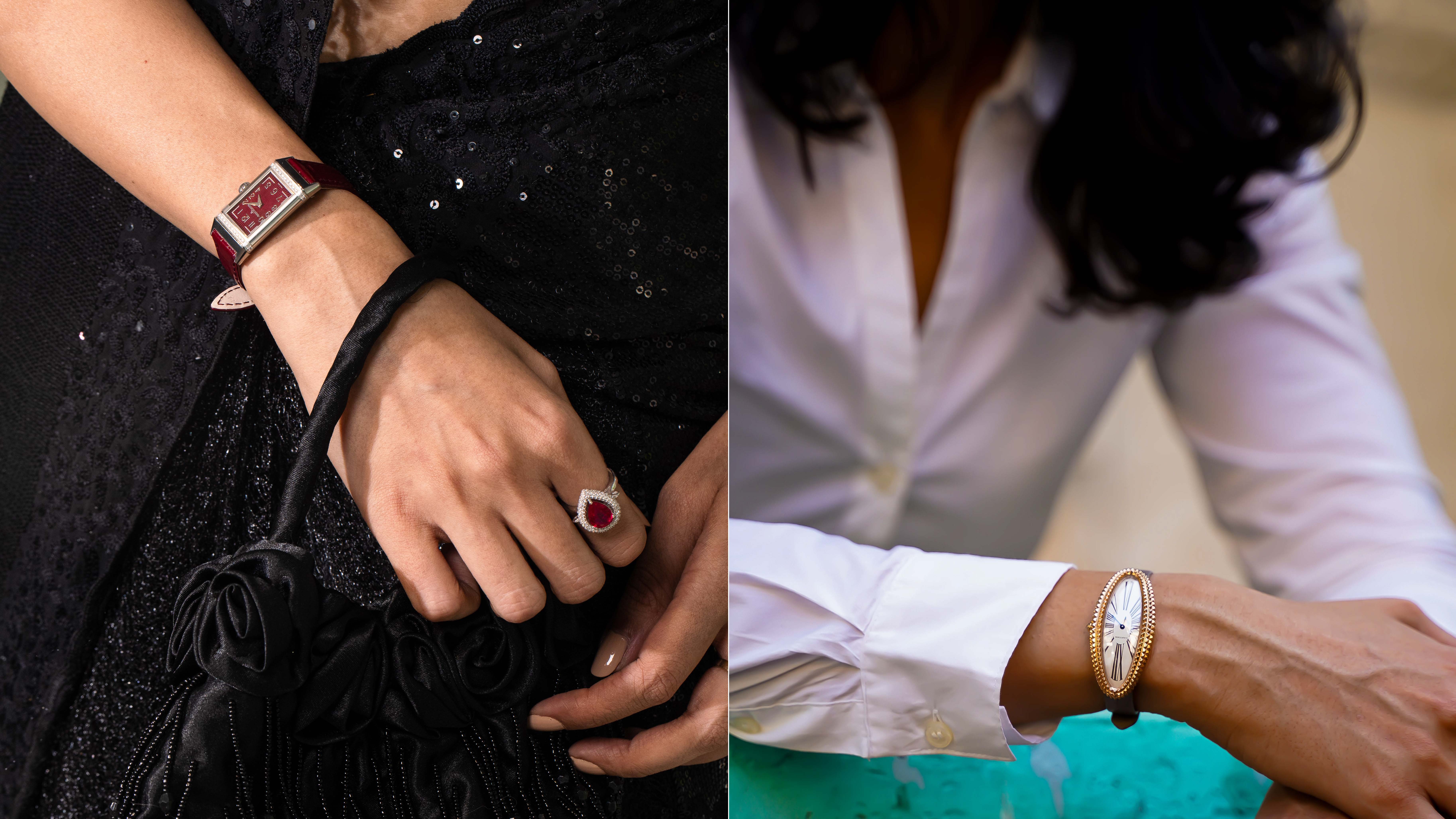
Additionally, India thrives on personalized service and relationship-building. As luxury watch brands seek innovative ways to engage with the modern, discerning Indian luxury buyer, many are focusing their efforts on this market. This has led to a rise in limited-edition releases inspired by India, some of which are exclusively available in the country.
The luxury industry, long considered exclusive, has undergone significant transformation over the years. Despite facing numerous challenges, it has demonstrated remarkable resilience. Today's consumers are more demanding, knowledgeable, and value-driven, emphasising integrity and quality. In particular, Indian consumers are exceptionally resilient, discerning, and intelligent in their choices.
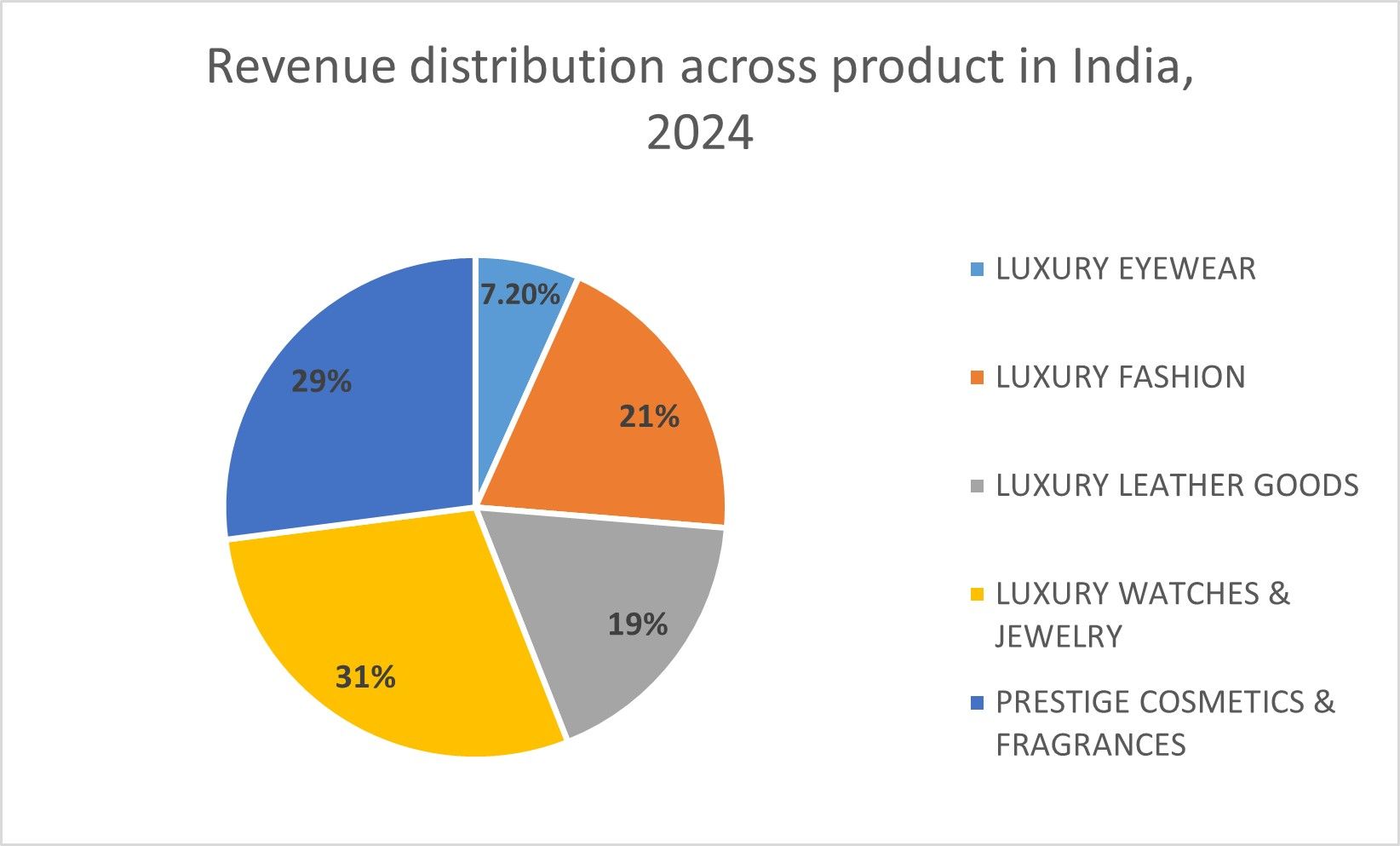
Is forming a joint venture with a local partner essential?
While multiple brands and entering the Indian market. Is it important to have a local partner? Historically, collaborations have been the preferred route for businesses entering new markets. Although the ease of doing business in India has significantly improved in recent years, global brands still face several challenges, particularly when launching Exclusive Brand Outlets (EBOs) or boutiques. The luxury watch industry in India, in particular, requires a deep understanding of local business norms, operating culture, and the ability to navigate a complex regulatory framework. Partnering with a reputable local player can facilitate operations, accelerate market entry, and expand customer touchpoints.
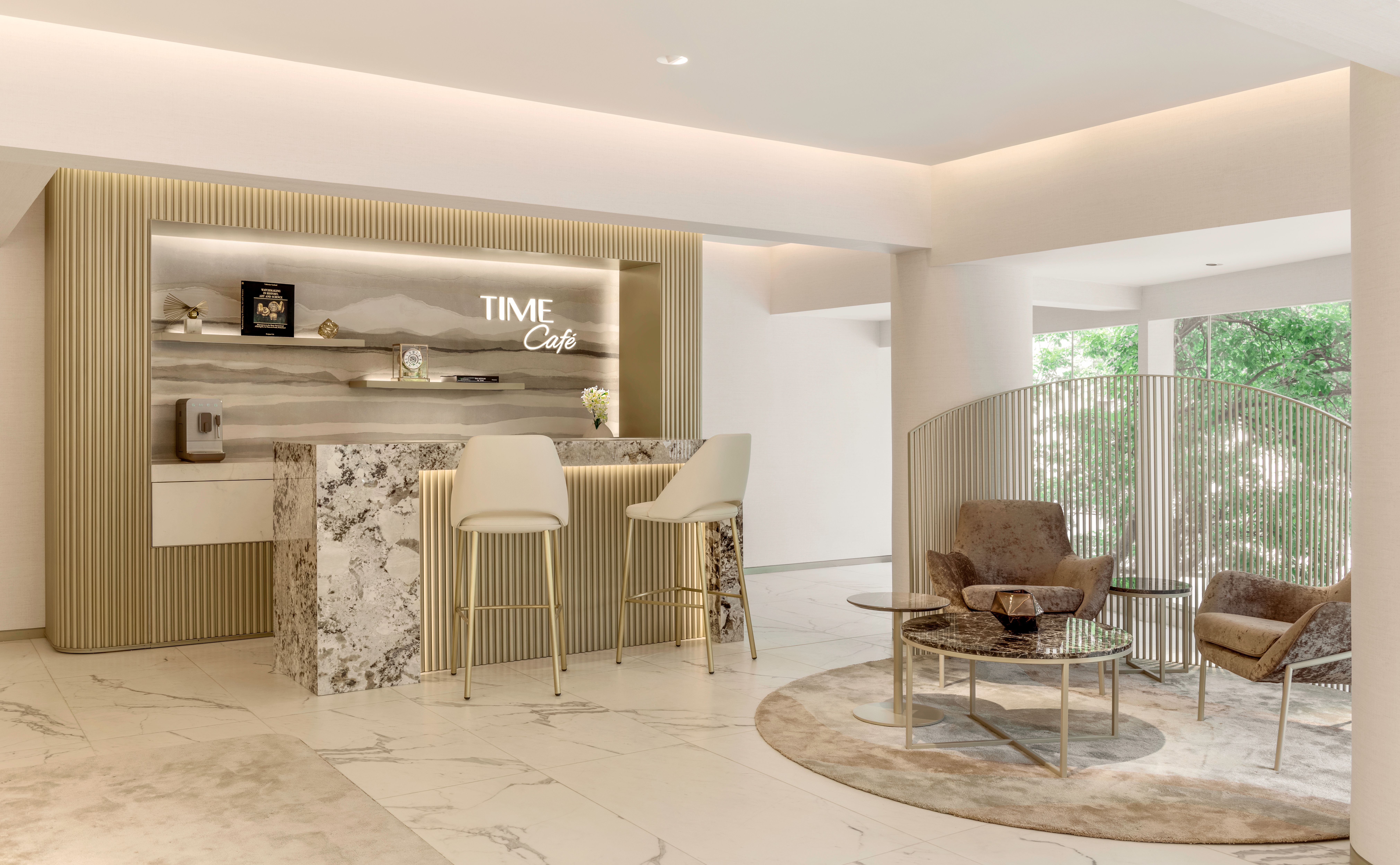
In the luxury watch sector, prestigious brands have successfully partnered with renowned retailers for their EBOs. Examples in India include Art Of Time with their Timevalle and various Richemont brands boutiques in Mumbai, Begaluru and Chennai, Time Avenue with their expanding network of boutiques including one of the largest with Rolex in Mumbai, Kapoor Watch Company with multiple luxury brand EBO’s in Delhi, and Ethos with their chain of prestigious outlets across the country. India offers immense potential for luxury brands, provided they have substantial resources, a long-term perspective, and staying power.
No articles found


